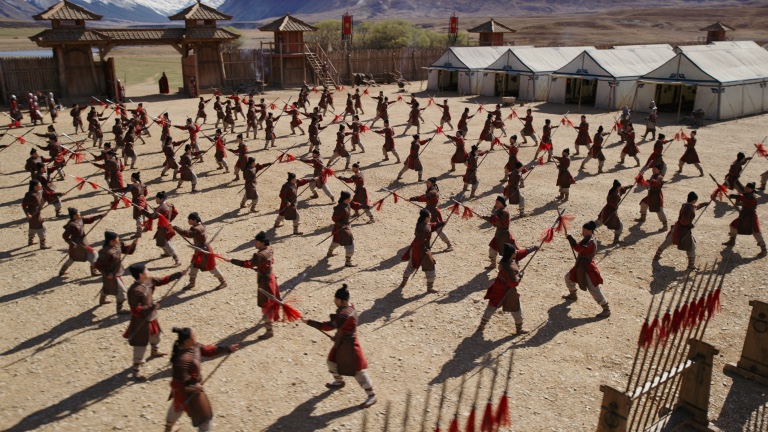HD Talk in SF
By Peter Koob
It was standing room only at the National Television Academy’s 3rd Annual HD Seminar held in San Francisco on January 29th at the Film Arts Foundation. The panel included Kim Salyer, cofounder of San Francisco post house Video Arts; Russ Walker, director of broadcast production at Panasonic; and Gary Meyer of Industrial Light & Magic, who captivated the audience with insights from working in high-definition video production. Their presentations were enhanced by the use of a Texas Instruments’ DLP Cinema projector, which displayed examples of high def in stunning clarity.
“2003 was a milestone year for HD,” Walker noted. “It was the first year that consumers bought more high-def sets than standard-definition TVs.” Conference organizer Keith Sanders agreed that the new format is more widespread, citing the growth of HD programming on networks such as ESPN and the Discovery Channel. “It’s very interesting how broad-based the desire is for great-looking images,” Salyer said, citing a recent project Video Arts completed for the Monterey Bay Aquarium. “Anyone who makes money off examining and displaying clear imagery is perfect for high definition video.”
The panel also addressed the anxiety provoked by the advent of high def. “The technology is available but the information isn’t,” Salyer said. “The lack of a standard format has led many to be confused by the myriad aspect ratios, frame rates, and codecs.” Walker sought to demystify the technical questions producers face when deciding whether to use HD. “Think of HD as an alternative toolset,” Walker told the audience, “which can offer the independent filmmaker more options and greater creative opportunities.”
One such independent filmmaker was Brett Shapiro, whose high-definition feature film, The Chocolate Curse, was projected for the audience. “The creative freedom HD provides a filmmaker is tremendous,” he said. Shapiro worked with a minimal crew, operated the camera himself, and felt that HD allowed him to shoot in a fast-paced, “run-and-gun style.” He also edited the film himself on an Apple G4 equipped with Final Cut Pro.
Although the panel emphasized HD as an option for independents, Meyer reminded everyone how HD broke boundaries in the new Star Wars trilogy. However, he expressed “frustration” with the lack of progress in bringing HD projection to theaters. “Episode II was supposed to be projected digitally in 2,000 theaters and ultimately it was only shown in 300,” he said.
Popular
Beowulf and 3-D
By Henry Turner Beowulf in 3D is a unique experience, raising not just questions about future of cinema, but also posing unique problems that the...





